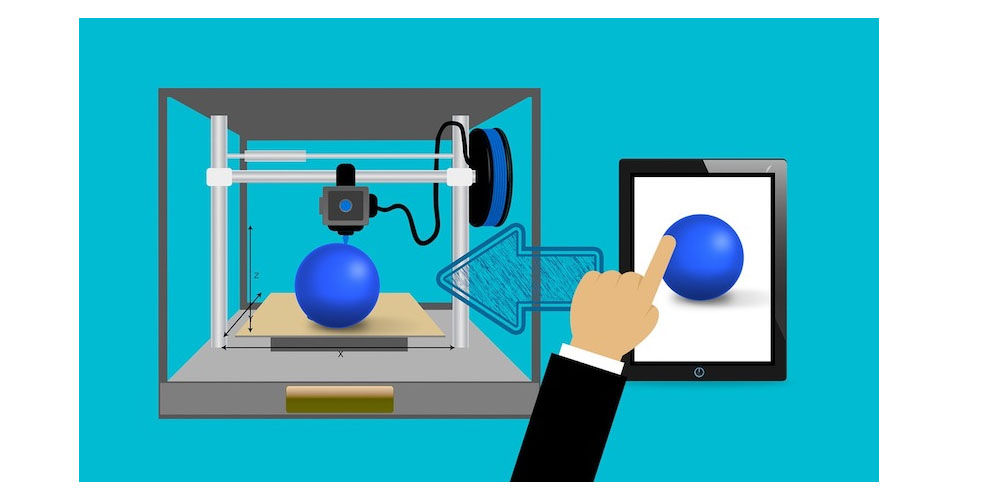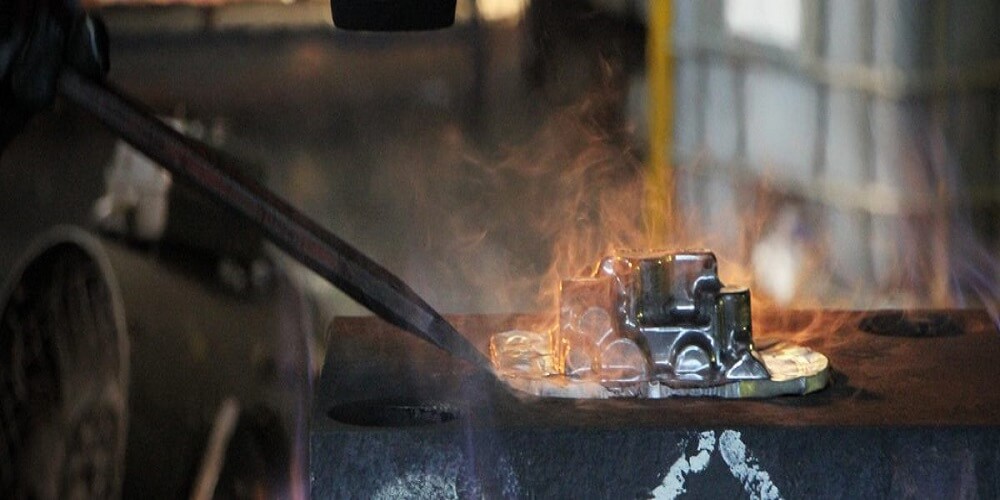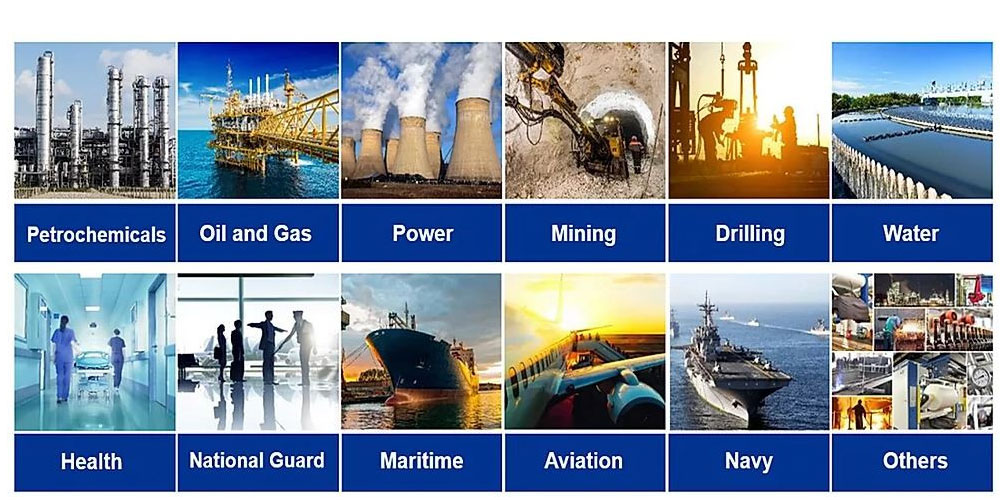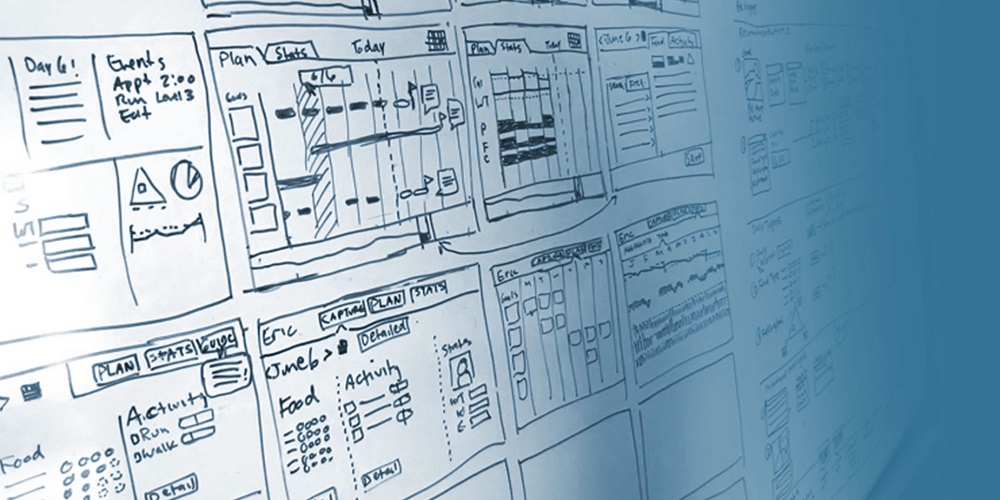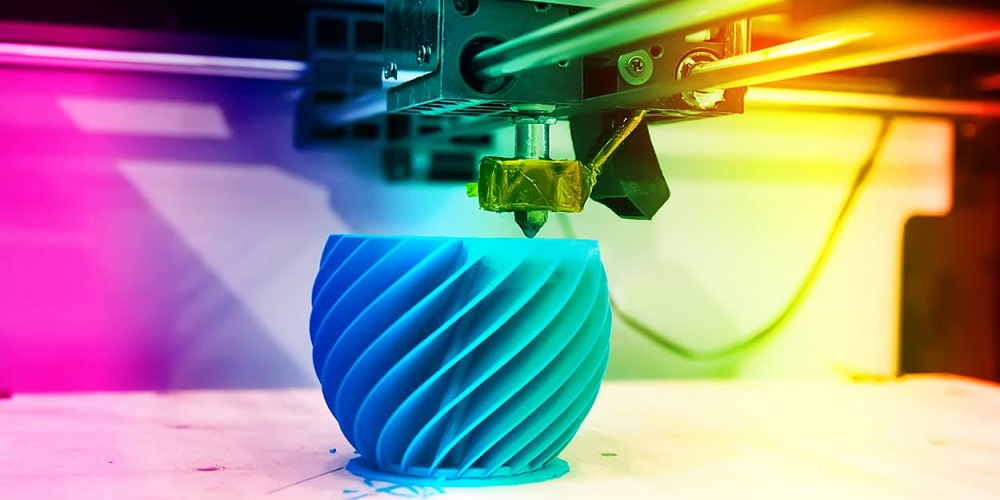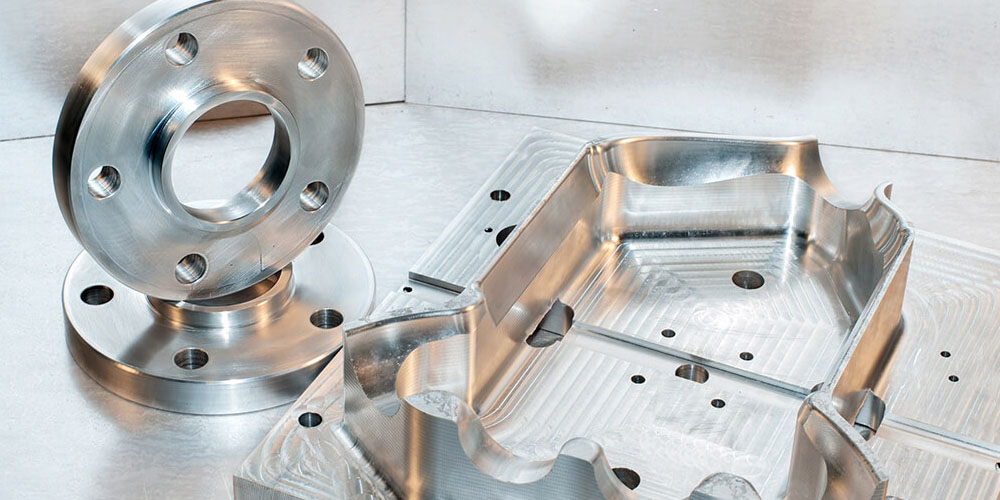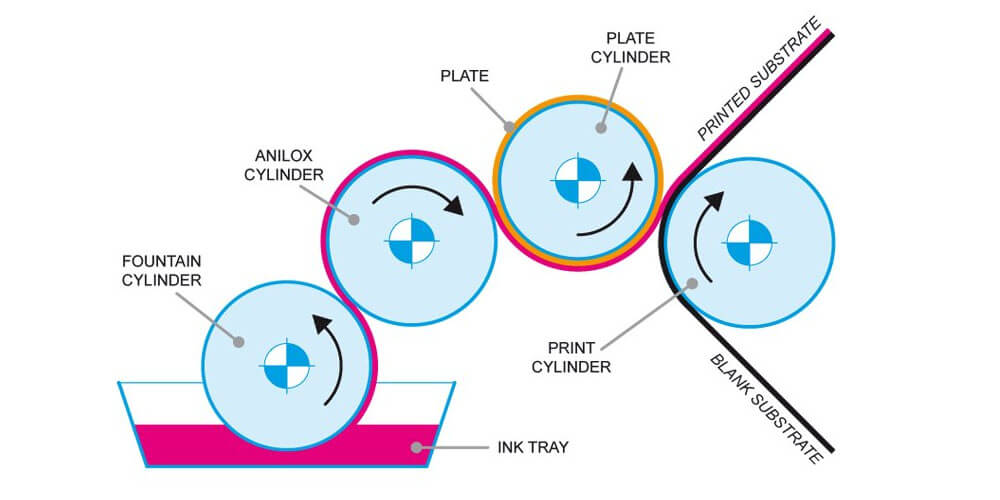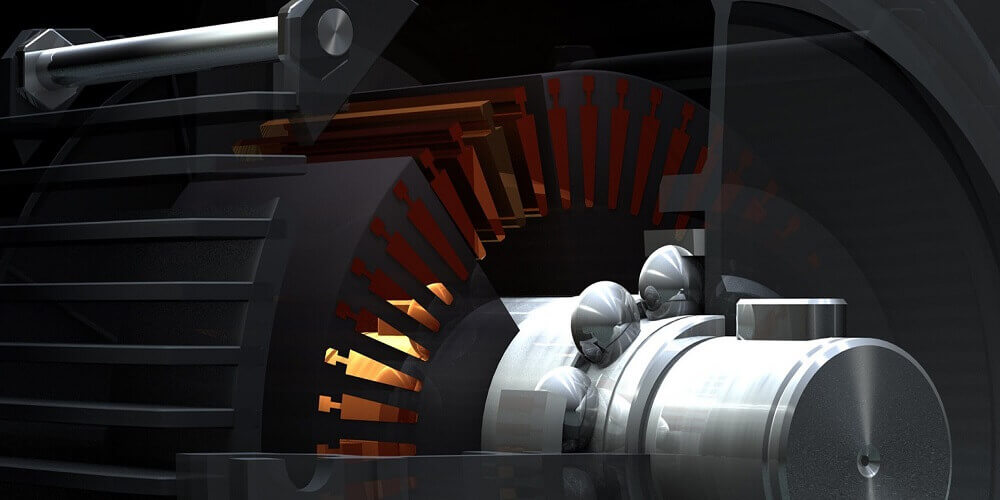The printed circuit board or PCB is an important feature for any electronic device as it provides a base and mechanical support. There are different technologies associated with them and are available in a variety of forms based on their application. PCB manufacturing is a vital step that needs to be handled with high professionalism to ensure the right item is produced. The manufacturer should advise you on the type and quality of the PCB for the proper functioning of the electric devices. In this extract, we look at parameters for selecting a PCB manufacturer.
Parameters for Selecting a PCB Manufacturer
PCB suppliers are many in the industry but picking the right one is important for your devices. Below are factors to consider when choosing a supplier.
1. Industrial Capabilities
Before choosing a manufacturer, ensure he or she can produce your desired PCB. If you need a multi-layer PCB, don’t settle for a supplier who only produces single-layered PCBs. The manufacturer’s level of expertise should be high. There should be a clear understanding of what you are asking for, the necessary products needed in the process, and the services required to facilitate the production.
The manufacturing world is experiencing technological advancements occasionally, so the factory you use should incorporate these new technologies to increase PCB efficiency. All necessary equipment should be present to cut costs for processes requiring multiple manufacturing steps and save time spent dealing with several manufacturers. Also, find out whether the supplier can facilitate testing of the PCB to ensure it’s functioning properly. Note down all your requirements beforehand and ensure they match that of your service provider.
2. Product Quality and Certification
The PCB quality is a huge consideration as getting a poor quality may affect many factors immediately or in the long run. Product quality relates to the manufacturer’s certification. The certificate ensures the supplier doesn’t go below a certain level in terms of quality. Consider the Quality Management System and know if the company has basic QMS such as quality manual and policy, work rules, employee training, preventive measure, and much more. Select a manufacturer with a competency certificate as proof that he can perform any task safely and in an ideal environment.
3. Price
PCB prices vary with different manufacturers. Foreign suppliers are cheaper than those based locally; however, extra costs may be incurred regarding shipping costs, tariffs, and communication. Most domestic suppliers are expensive, but you can find a few willing to produce for you at a considerable price. If this happens, your overall costs may be lower as there are no shipping costs, and you can also visit the manufacturing plant and the lead times are minimal.
4. Timely Delivery
Choose a manufacturer with good reviews and ratings on delivery services. Ensure they stick to the estimated lead time and deliver your items safely. Late deliveries may ruin your project, and you may seem unreliable to your customers.
Conclusion
Selecting the ideal PCB manufacturer is an important process that determines the success or failure of your product. Choose carefully and don’t compromise on important qualities that touch on your product directly or indirectly. Research widely until you get a supplier worth spending your money on.

